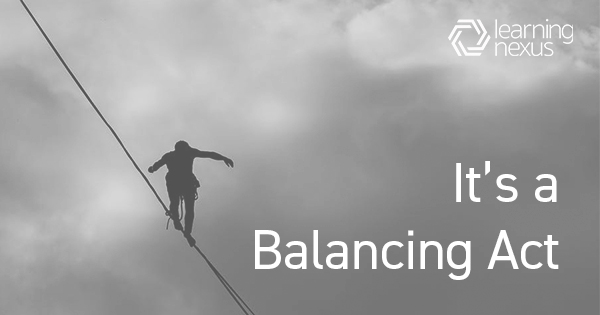
Six years ago yesterday, Nik Wallenda became the first person to tightrope walk across a Grand Canyon gorge. At 1,500ft (460m) it was the highest walk of his career to date and afterwards Wallenda stated it was more difficult than he had expected.
Wallenda’s training model was quite unique. During his training, he mentally transported himself to the Grand Canyon and visualised what the real thing would be like. When it came to the real thing, he transported himself back to his training environment, providing himself with an inner confidence that the only change was the environment – everything else, he had done previously.
What can L&D take from this?
It’s all about finding a balance between the actual learning required, and then putting that into action.
On many occasions, people sit in a classroom or at their desks doing eLearning and very rarely do they see their learning in practice. The determining factor for success is answering questions correctly, rather than putting themselves into the situation they are training for.
When that situation arises, panic sets in and all learning is forgotten when they’re faced with the pressure of a real-world environment.
Wallenda taught us that realism is just as important as the actual skill requirement.
How can we apply this to our training programmes?
It’s simple… add a sense of realism where possible.
It could be a subtle touch of realism, such as adding some fake blood to first aid training. However, just seeing red liquid during a training session could help prepare them for the real thing. Keep giving your staff the knowledge they need, but don’t forget to give them the most important thing – experience!
